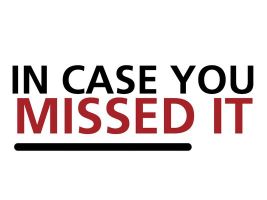This week’s "Get Your Game On: Gamify Your Brightspace Courses" training focused on how using gamification can engage and motivate students. This training session also covered how instructors can selectively release content to students using release conditions.
In case you missed this week’s training session or if you attended the training session and want to recap what was covered, you can review these resources:
- Homework that was to be completed before the workshop
- Gamification Learning Challenge*
- Workshop Presentation Slides (pdf)
- Awards Tool
- Announcements Tool
- Replace Strings
- Release Conditions
- Intelligent Agents
*NOTE: The Gamification Learning Challenge and the hands-on workshop activities are available. If you are interested in getting access to the challenge and activities you must be enrolled in the Brightspace Instructor Training Course. Xavier faculty who are not enrolled in this course can email Janice Florent and ask to be enrolled in the course.
To access the challenge and workshop activities, Xavier faculty should:
- Login to Brightspace
- Select the Brightspace Instructor Training course
- In the NavBar, click on Content
- In the Table of Contents, click on Workshop Hands-on Activities and then
- Click on Gamification Workshop. (You will find the activities in this module.)
Our Brightspace training will continue next fall. Please visit our events page for workshop details and to RSVP for upcoming Brightspace training sessions.
Want more information?
View all the Brightspace training recaps
Brightspace Known Issues
Request a sandbox course
Sign-up for Brightspace training sessions
You can find Brightspace help at D2L's website.
Join the Brightspace Community.
Try these Brightspace How-To documents.
Visit our Brightspace FAQs for additional Brightspace information
or schedule a one-on-one session, email, or
call Janice Florent: (504) 520-7418.










